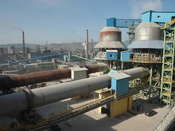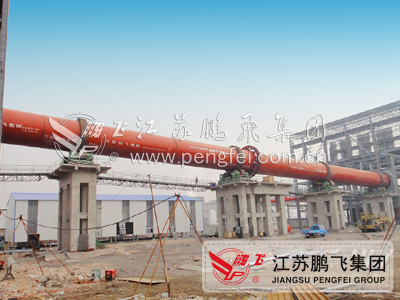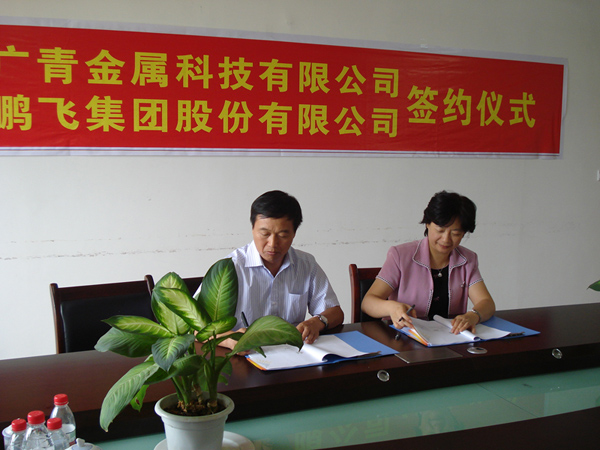Pengfei rotary kiln (rotary kiln, titanium dioxide powder kiln, sintering furnace, industrial furnace, kiln, oxidized pellet), specification: Φ 3.2 × 52m; Φ3.5×54m; Φ4.0×60m; Φ4.3×64m; Φ4.8×74m; Φ 5.0 × 78m. The "Pengfei" rotary kiln is the main equipment for calcining cement clinker and has been widely used in industries such as cement, metallurgy, and chemical engineering. The equipment consists of a cylinder, a support device, a supporting device with a stop wheel, a transmission device, a movable kiln head, a kiln tail sealing device, a combustion device, and other components. The rotary kiln has the characteristics of simple structure, reliable operation, and easy control of the production process.
Overview
Pengfei rotary kiln (rotary kiln, titanium dioxide powder kiln, sintering furnace, industrial furnace, kiln, oxidized pellet), specification: Φ 3.2 × 52m; Φ3.5×54m; Φ4.0×60m; Φ4.3×64m; Φ4.8×74m; Φ 5.0 × 78m. The "Pengfei" rotary kiln is the main equipment for calcining cement clinker and has been widely used in industries such as cement, metallurgy, and chemical engineering. The equipment consists of a cylinder, a support device, a supporting device with a stop wheel, a transmission device, a movable kiln head, a kiln tail sealing device, a combustion device, and other components. The rotary kiln has the characteristics of simple structure, reliable operation, and easy control of the production process.
Technical Description
The rotary kiln calcination system equipment produced by "Pengfei" has undergone technological innovation, adopting the most advanced hydraulic stop wheel device at home and abroad, high-precision metering plunger pump, high-precision speed control valve, and contact graphite block sealing device, and other advanced domestic technologies in the system. In order to improve the degree of automation, the kiln head uses industrial television to watch the fire, the process flow simulates a fluorescent screen, and the calcination belt uses an infrared scanner to directly reflect the calcination situation of the calcination belt on the computer. These new technologies have a strong intuitive feeling, easy operation, and reliable use. The thermal system has been stabilized, and the equipment operation rate has been improved. Compared with equipment of the same specifications, the operation rate has increased by 10%, the output has increased by 5% -10%, and the heat consumption has been reduced by 15%.
Process Description
Rotary kilns are also used to calcine clay, limestone, and slag for drying. In the production of refractory materials, rotary kilns are used to calcine raw materials to stabilize their size, increase their strength, and then process them into shapes. In non-ferrous and black metallurgy, metals such as iron, aluminum, copper, zinc, tin, nickel, tungsten, chromium, and files are smelted using rotary kilns to sinter and roast ores, concentrates, and intermediates. For example, in aluminum production, it is used to roast aluminum hydroxide into alumina; It is used in ironmaking to produce pellets for blast furnace ironmaking; The foreign "SL/RN method" and "Krupp method" use it for direct reduction of iron ore; The chlorination volatilization roasting method uses it to extract tin and lead, etc. During the beneficiation process, a rotary kiln is used to magnetize and roast the lean iron ore, transforming its weak magnetism into strong magnetism to facilitate magnetic separation. In the chemical industry, rotary kilns are used to produce soda, calcine phosphate fertilizers, barium sulfide, etc. It has the advantages of low energy consumption, low electricity consumption, and the ability to utilize low-grade phosphate ore, and has been vigorously promoted. In terms of environmental protection, using cement kilns to burn hazardous waste and garbage, achieving harmless waste discharge, using waste as fuel, saving coal powder, and achieving resource utilization of waste.
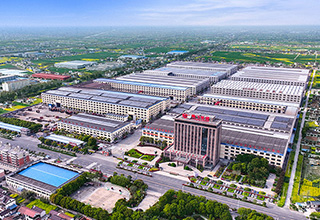
 Real time updates on cutting-edge information, presenting Pengfei and industry trends in a timely, comprehensive, and intuitive manner.
Real time updates on cutting-edge information, presenting Pengfei and industry trends in a timely, comprehensive, and intuitive manner.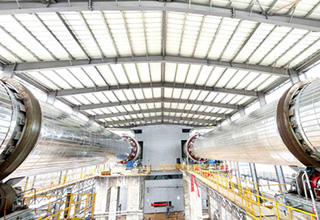
 We firmly believe that talent is the foundation of enterprise development. We adhere to the talent concept of "people-oriented, co creation and win-win", respect the personality and creativity of each employee, and are committed to providing employees with broad development space and a fair competitive platform.
We firmly believe that talent is the foundation of enterprise development. We adhere to the talent concept of "people-oriented, co creation and win-win", respect the personality and creativity of each employee, and are committed to providing employees with broad development space and a fair competitive platform.
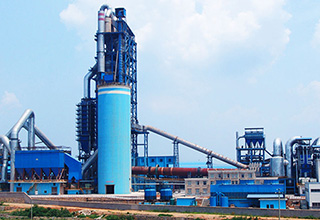

 中文
中文 English
English

